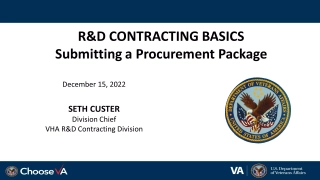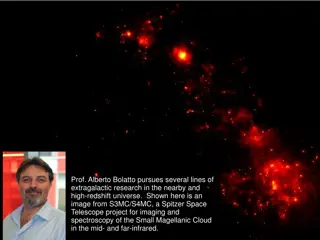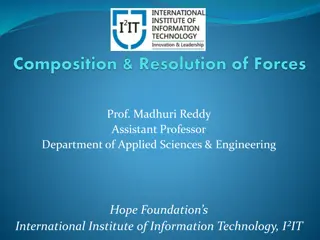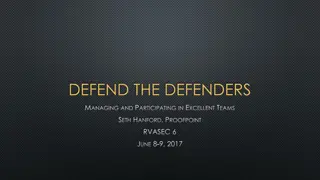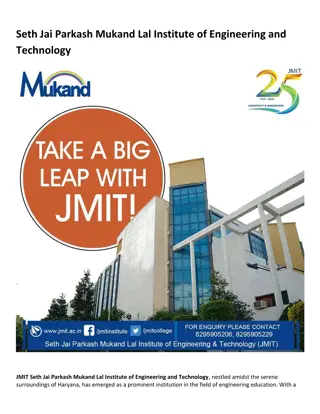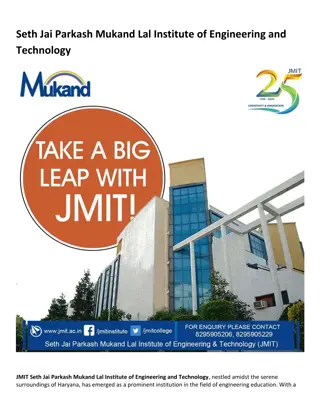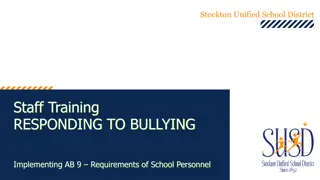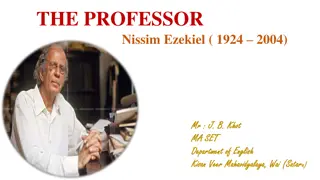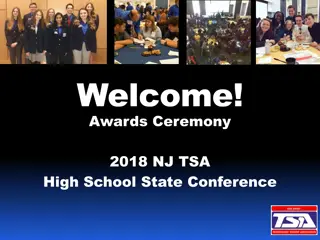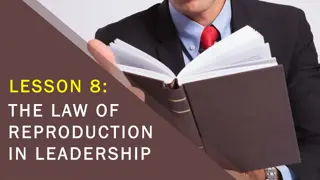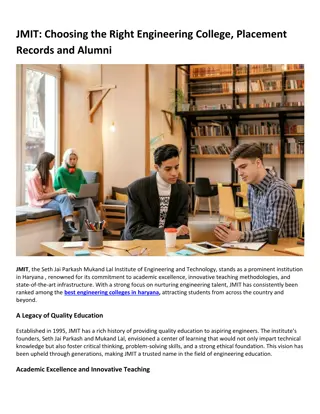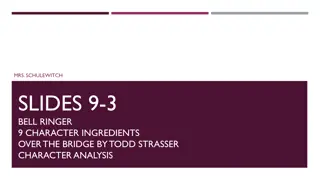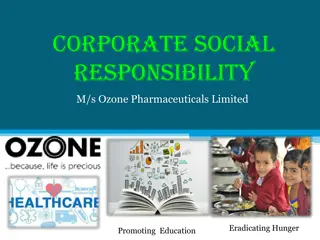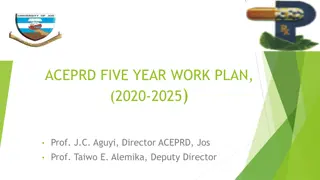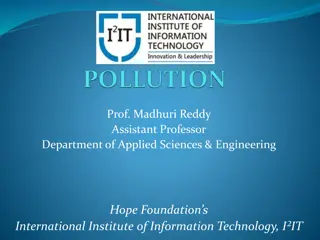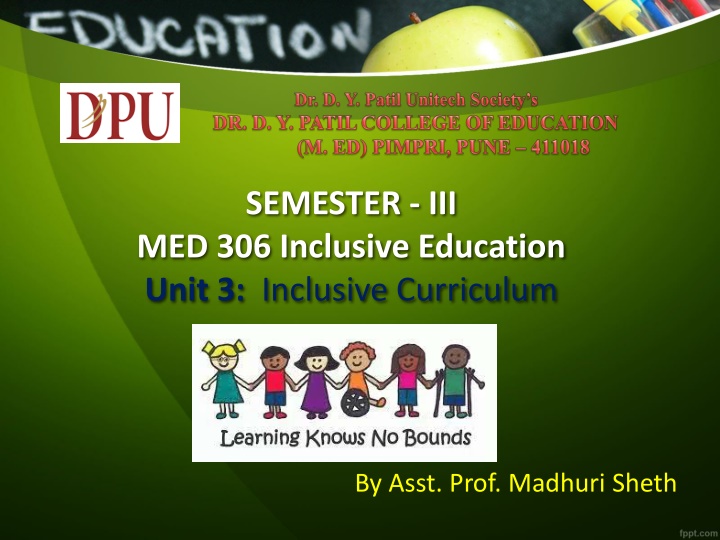
Enhancing Inclusive Education through Curriculum Development
Explore the principles of inclusive curriculum design and implementation in education, focusing on modification, models, lesson planning, collaboration, and assessment strategies for diverse student needs. Learn how to create an inclusive learning environment that caters to all students, including those in protected characteristic groups, through adaptive technologies and differentiated instruction techniques.
Download Presentation

Please find below an Image/Link to download the presentation.
The content on the website is provided AS IS for your information and personal use only. It may not be sold, licensed, or shared on other websites without obtaining consent from the author. If you encounter any issues during the download, it is possible that the publisher has removed the file from their server.
You are allowed to download the files provided on this website for personal or commercial use, subject to the condition that they are used lawfully. All files are the property of their respective owners.
The content on the website is provided AS IS for your information and personal use only. It may not be sold, licensed, or shared on other websites without obtaining consent from the author.
E N D
Presentation Transcript
SEMESTER - III MED 306 Inclusive Education Unit 3: Inclusive Curriculum By Asst. Prof. Madhuri Sheth
Syllabus Unit III Inclusive Instruction design 3.1 Inclusive Curriculum modification, classification, according to the needs of the students 3.2 Models in inclusive education 3.3 Inclusive Lesson planning and Instructional strategies 3.4 Collaboration & co-operative learning 3.5 Peer-mediated instruction and interventions Unit IV Organization and Assessment of Inclusive Classroom 4.1 Physical layout of Inclusive classroom 4.2 Special assistance to children 4.3 Meeting student s personal care and medication needs. 4.4 Promoting Social competence in inclusive classroom. 4.5 Educational reports, intelligence tests, Achievement tests, teacher based assessments. By Asst. Prof. Madhuri Sheth
Practical: Critical study of any Special teacher training college or Institutes Study following Points of special teacher training institute need to include in file: 1] Introduction 2] Objectives 3] Vision 4] Mission 5] Infrastructural Facilities 6] Section wise work: Administration and academic work 7] Other activities of institute 8] Educational Importance 9] Special features of institute 9] Interview/ Questionnaire analysis 10] Report writing of visit 11] photos of visit By Asst. Prof. Madhuri Sheth
Inclusive curriculum An inclusive curriculum is universal and intended to improve the experience, skills and attainment of all students including those in protected characteristic groups. Curriculum should consists of . understand the importance of setting realistic and achievable goals Use creative teaching methodology Pay special attention to accommodation and modifications followed in the classroom for teaching and assessment of students By Asst. Prof. Madhuri Sheth
Inclusive curriculum Curriculum objectives, teaching methods, assessment techniques, learning environment, syllabus/content Learning goals suitable to all students with diverse needs Teachers may use differentiated instruction techniques, technology for various purposes Modify the physical environment Integrate adaptive technologies adopt culturally responsive language By Asst. Prof. Madhuri Sheth
Curriculum Adaptations a similar lesson with the same objectives Same material. Assessment Following As Is Technique Providing Physical Assistance making modification in material and equipment Models and teaching aids Using Accommodating Material to get involved in age appropriate activities without having prior communicative or cognitive skills work at different levels but in the same subject area Multi-level Curriculum involved in some substitute activities to meet the primary instructional needs when the team feels that the general curriculum- to be, is not appropriate Alternative Curriculum have different curriculum areas but are involved in the same activity By Asst. Prof. Madhuri Sheth Curriculum Overlying
Accommodation and adaptation Macro level Micro level Teaching methods Curriculum Following As Is Technique Assessment technique Multi-level Curriculum Teaching material Alternative Curriculum Curriculum Overlying Technological aids By Asst. Prof. Madhuri Sheth
Changes in teaching methodology Universal Design for Learning By Asst. Prof. Madhuri Sheth
Universal Design for Learning creating a greater sense of belonging for students with special needs with general education students three UDL principles Representation Expression Engagement This curriculum-design allows fostering a sense of inclusivity may increase their ability to absorb the material By Asst. Prof. Madhuri Sheth
Differentiated instruction A process of teaching and learning for students of differing abilities in the same class. By Asst. Prof. Madhuri Sheth
Seven Wonders of Learning Feeling, Touching, Seeing, Hearing, Tasting, Laughing, and Loving are the seven wonders of learning Collaborative Teaching It is method in which general education and special education teachers work in collaboration to plan lesson teaching strategies monitor the progress of students manage the classroom for overall development of all. By Asst. Prof. Madhuri Sheth
Buddy System A Buddy is appointed from the class, keeping in mind the needs and personality of the student. A Buddy can be paired in several ways: New admission with older students A low achiever with a high achiever Behavioral challenging with adults Quiet child with a talkative child. Academically bright with one having academic difficulties. A timely rewarding of the Buddy helps in maintaining the positive behaviour and willingness to help other students. By Asst. Prof. Madhuri Sheth
Some of the major issues related to Special Needs Children Curriculum are as follows: Opportunity not for all Disability related concepts and studies are ignored Rigid examination system School infrastructural difficulties Negative attitude of teachers Stigmas about CWSN Insufficient institutional materials Lack of/limited involvement in sports Few trained sign language teachers By Asst. Prof. Madhuri Sheth
Curricular Adaptations and Modifications According to NCERT (2015), Adaptation refers to adjusting assessments, material, curriculum, or classroom environment to accommodate a student s needs so he/she can participate in, and achieve the teaching-learning goals Curricular adaptations allow students with disabilities to participate in inclusive environments by compensating for learners weaknesses. equal opportunity to all By Asst. Prof. Madhuri Sheth
Modifications can be made in: Teaching and learning environment inside the classroom and the school; Teaching and learning strategies to meet the individual differences; Teaching and learning support materials that enhance a learner s performance and allow at least partial participation in a learning activity; Level of support by all means (manpower and technology); and Flexibility in assessment. By Asst. Prof. Madhuri Sheth
Importance of Curriculum adaptation Facilitates the teaching-learning process Simplify and reduce the content All learners get access to quality and meaningful learning experiences. CWSN do not feel excluded By Asst. Prof. Madhuri Sheth
principles should be considered for adapting the curriculum: should not change the original concept of the curriculum objective of the instructional material should remain same Providing same experiences, compensatory activities should be planned Facilitate maximum participation of children Assessment criteria can also be modified By Asst. Prof. Madhuri Sheth
Curriculum Accommodations Students receiving accommodations read the same material and take the same tests as their peers without disabilities. The changes do not alter or lower the standards or expectations for a subject or test. Example: students lacking reading skills provided with audio tape version of textbook. By Asst. Prof. Madhuri Sheth
Alterations such as seating the child in front alterations in class work and homework such as individualising assignments, regarding length, number, due date, topic alterations in examinations such as multiple choice questions, oral examinations, reading of question paper, allowance for spelling errors Instructional strategies Learning material By Asst. Prof. Madhuri Sheth
Adaptations and Modifications to be made with the Instructional Arrangement work in a group CWSN student should team up with a peer partner Add variety to small-group work By Asst. Prof. Madhuri Sheth
Adaptations and Modifications to be made with the Physical and Social Environment Give choice for CWSN to sit at a table instead of a desk (or vice versa). Get the CWSN student a larger (or smaller) desk Let students with sound sensitivities work in a particular part of the classroom, such as a quiet space or study carrel Level all areas of school with ramps sitting at a desk closer to the board
Adaptations and Modifications to be made with the Methods and Materials Incorporate more visuals to present content Teach and evaluate in different ways, for example, through dramatization, field trips, real life examples Provide additional models or demonstrations Select concrete materials instead of symbolic representations Provide CWSN students with differentiated reading material Make content easier to learn by giving student enhanced texts in which key parts are highlighted, pictures or symbols are added, and/or text is enlarged
Adaptations and Modifications to be made with the Process or Task Instead of giving CWSN students oral instructions, make the students follow written, pictorial, or audio- recorded task steps Modify essay assignments Instead of writing an essay, students can demonstrate understanding of the content by completing a chart Reduce the number of items CWSN students Allow use of technology to process speech output Allow for more creative ways for CWSN students to show what they know By Asst. Prof. Madhuri Sheth
Adaptations and Modifications to be made with the Personal Assistance Provide the helper model with the steps of a task Assign the helper to complete some of the task steps Ask the helper to give the student immediate feedback and additional encouragement to reinforce successes
Accommodations & Adaptations for Cognitive Impairments & Intellectual Disabilities Seated at a distraction-free place Provided printed materials early Given reading handouts in the form of graphic organizers, mind maps, pictures Short sentences and a simple vocabulary information in both oral and written formats more than one way for demonstrating or explaining Allowed use of technology flexibility in classroom procedures use of captioned videos By Asst. Prof. Madhuri Sheth
Accommodations & Adaptations for Physical Impairment Welcoming and comfortable environment in class proper seating places Ensure free movement opportunities for participation by planning alternative activities in advance to use assistive technology like screen reading software, recorders, keyboards, grippers, thick pencils peer buddy for assistance in classroom
Accommodation & Adaptations for Visually Impaired /Low Vision Provided magnifying glass with light increase of font size of the smart board while teaching Provided oral information along with written by the teacher reading aloud Granted extra time for completing the work Allowed use of a Smart Board with text conversion software that allows the student to access the electronic version of the notes with a Screen Reading or Voice Software. Seated away from the window to avoid glare. By Asst. Prof. Madhuri Sheth
Types of Assistive Technologies Visual Aids: convert on-screen text into Braille, Magnify certain portions of the screen text Even convert certain portions of the text into audio. Some commonly used visual aids are: Typo scope Light filtering lenses Screen Readers Talking calculators Electronic Braille Notetaker By Asst. Prof. Madhuri Sheth
Typo scope Light filtering lenses Screen Readers Talking calculators Electronic Braille Notetaker By Asst. Prof. Madhuri Sheth
Audio Aids/Hearing Aids help amplify the sounds the student wants to hear Personal Amplifiers: A personalamplifier is a small box with a mic and a listening cord attached to it and is most useful for one to one, in-person conversation FM System (Frequency Modulation): An FM system uses radio broadcast technology, to bring the sound you want to hear, directly to your ears with this wireless system. One-to-One Communicators: Another person speaks in a microphone and the sound goes to the hearing aid or headset By Asst. Prof. Madhuri Sheth
Movement By Asst. Prof. Madhuri Sheth
Conclusion Inclusive curriculum promotes a universal approach to course design intended to improve the experience, skills and attainment of all students. It is about thinking of the curriculum in a different way so that basic assumptions are challenged and changed. Inclusive curriculum needs to consider goals, objectives, content, and instructional activities, and incorporate not one, but multiple pedagogies according to learner needs. This can be possible by making accommodations and modifications in curriculum structure. By Asst. Prof. Madhuri Sheth
Reference https://www.researchgate.net/publication/334362350_CURRI CULUM_FOR_INCLUSIVE_EDUCATION http://cbseacademic.nic.in/web_material/Manuals/handbook -inclusive-education.pdf https://www.unicef.org/eca/sites/unicef.org.eca/files/IE_sum mary_accessible_220917_brief.pdf https://mangaloreuniversity.ac.in/sites/default/files/2019/Co urse%20- %2011%20%20Inclusive%20Education%20%20(English%20Ver sion)...pdf http://www.rehabcouncil.nic.in/writereaddata/Block3accie.p df https://www.readingrockets.org/article/accommodations- and-modifications By Asst. Prof. Madhuri Sheth

